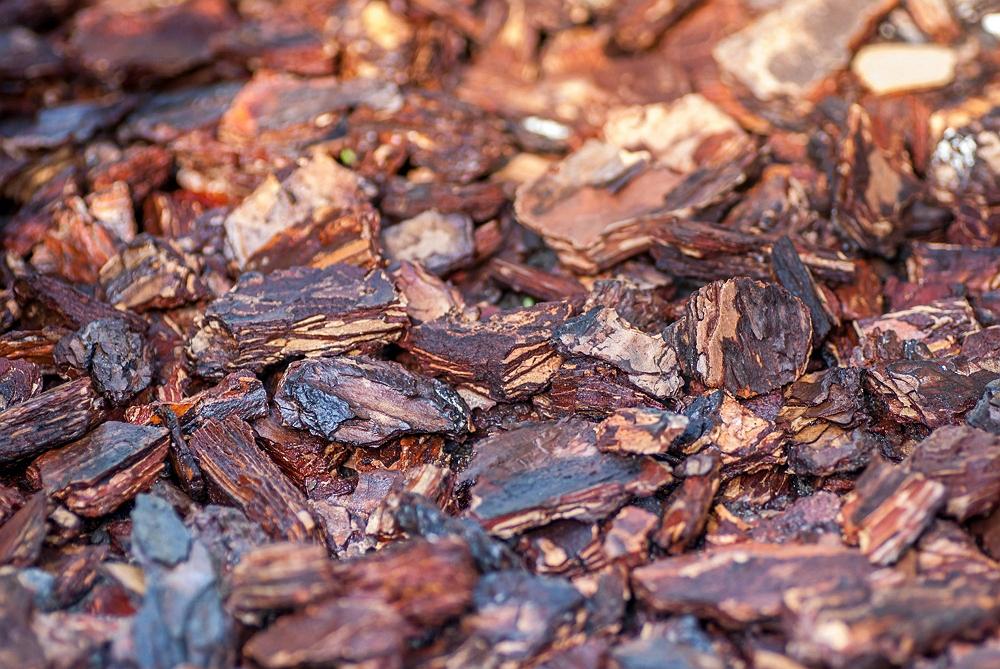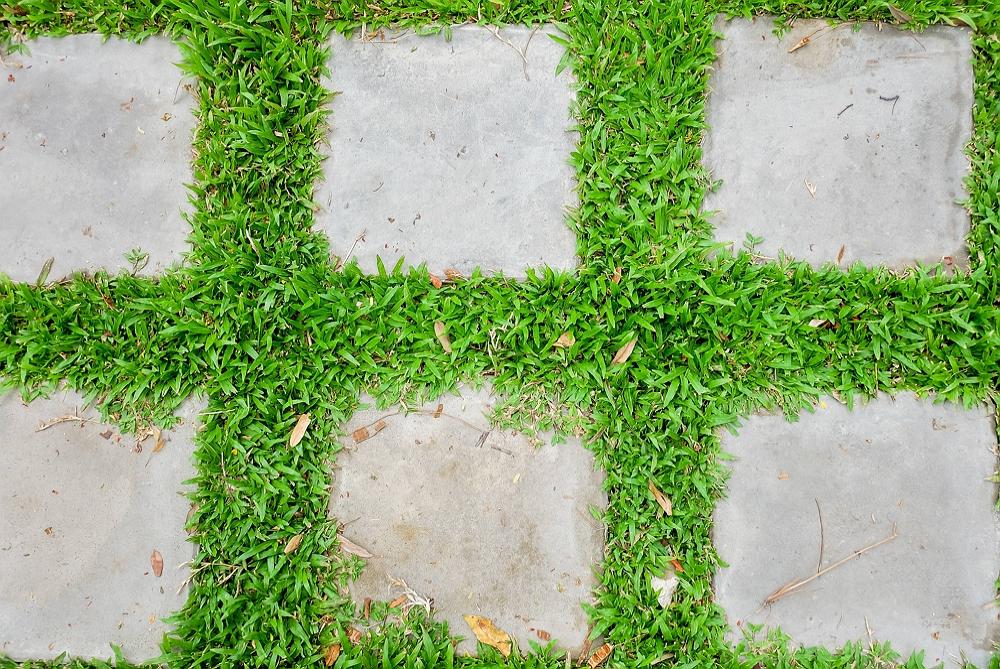Permeable pavements
Permeable paving has several advantages, both practical and in terms of appearance. Because water can infiltrate directly through the paving, no puddles or streams occur. Through permeable paving, the garden can be made greener while still having carrying capacity in the paving. In addition to above-ground benefits, permeable paving also has benefits for the subsoil. Groundwater is replenished and maintained naturally.
Grass concrete tiles
Rainwater sinks easily into the ground, plenty of room for grass and quick replenishment of groundwater. Using fine gravel between the tiles prevents weeds from growing between the tiles.
Porous concrete clinkers
The open structure of the clinkers allows rainwater to infiltrate through the clinker into the subsoil.
Clinkers with open joint or loose bond
Appearance remains the same, but wide joints containing sand, grass or gravel still allow water to sink into the ground.
Stepping stones
Clinkers or concrete tiles with spacing that allows water to sink into the ground.
Gravel, crushed stone or shells
Paved surface in which water can quickly sink.
Gravel or chippings in grid stones
The grids keep the gravel or other material in place. It also prevents the gravel from sinking if the ground is less firm.
Wood chips, pine bark or cocoa shells
Rainwater can easily sink into the soil, room for many insects.
Variable pattern tiles
With these tiles you can vary infinitely in patterns from open to a closed surface or vice versa.
Cost
The cost of stone pavements such as clinkers and tiles is a lot higher than other pavements such as gravel or wood chips.
Space use
The type of pavement does not affect the use of space.
Difficulty
The degree of difficulty depends on the pavement chosen. A clinker paving must usually be installed by a professional. A paving of tree bark can be laid by almost anyone.
Earthmoving
A pavement of tiles or clinkers requires a sand or rubble foundation. If so, more earthwork is required. Other paving types such as gravel often require the installation of an infiltration fabric.
Maintenance
Wood chips or similar materials decay over time. These materials should be replenished regularly. Other loose paving such as gravel should be raked in occasionally. For clinker or tile pavements, weeds in the joints should be removed.
Climate Goals
With permeable pavements, less green space is created. However, a contribution is made to the infiltration and buffering of rainwater.
Biodiversity
Contribution to improving biodiversity
Points of interest
- Because the pavement is permeable and does not drain through a sewer, it is smart to lay the permeable pavement flat.
- When paving stones, the floating layer should consist of permeable material, such as lava or crushed gravel. This also applies to the space between the pavers.
- The permeability of the fleece layer determines how much rainwater is retained or infiltrated. In addition to the fleece layer, it is also important to fill the joints with permeable material. In terms of maintenance, it is important to sweep regularly to prevent silting.
- A separation cloth should be present between permeable cunet and surrounding soil. This is to prevent sand from flowing into the crushed stone. It is best to make this from geotextile, not anti-root cloth. This is because this material allows less water to pass through.
- Permeable material can be crushed stone, lava, gravel, drainage sand, etc. Separation cloth should be present between different grain sizes. Also between the backfill layer and storage cunet.
- When doing so, remember not to smear the surrounding soil. Another word for smearing is soil compaction. Soil smearing occurs when mechanical excavation is performed in a wet condition.

